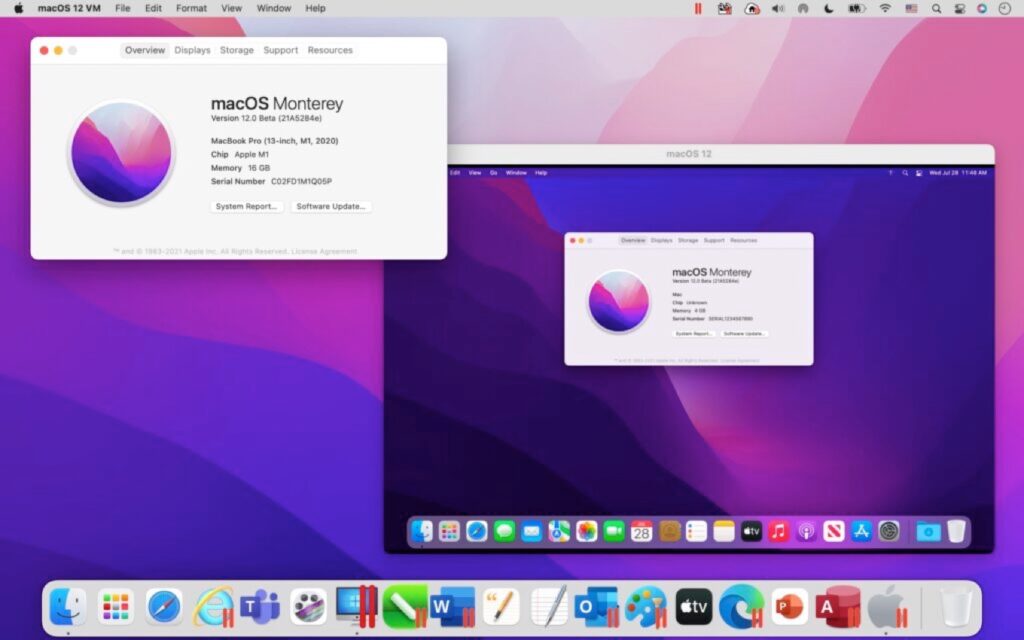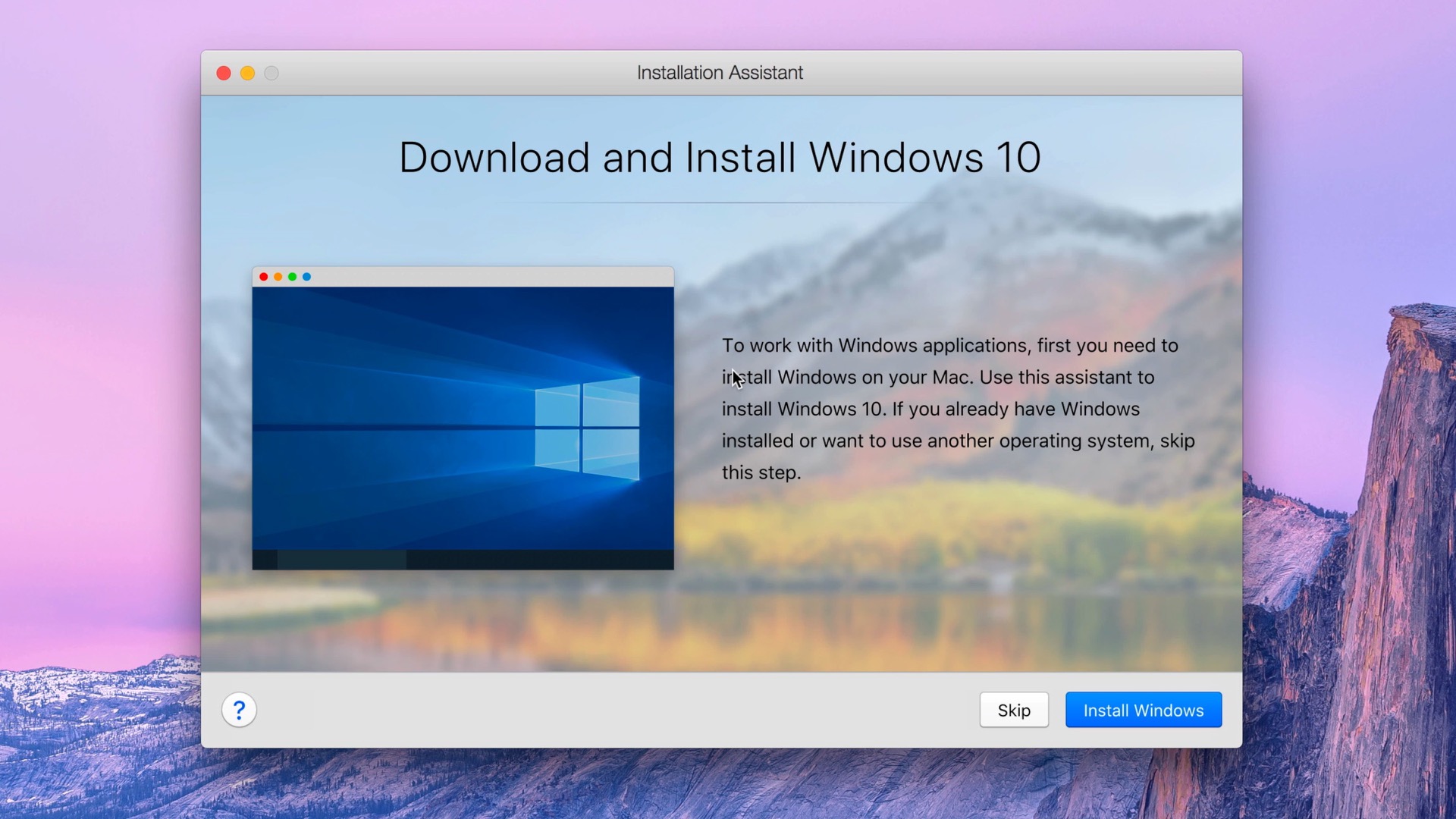

- #CAN I UPGRADE FROM PARALLELS PRO TO PARALLELS 13 FULL#
- #CAN I UPGRADE FROM PARALLELS PRO TO PARALLELS 13 FOR WINDOWS 10#
It introduces support for macOS 12 Monterey as well.įurther, since Parallels had to add a virtualized TPM 2.0 module to support Windows 11 at all, this also means that M1 Mac users will now be able to use BitLocker and Secure Boot - features that previously weren’t available on Windows 10 VMs.
#CAN I UPGRADE FROM PARALLELS PRO TO PARALLELS 13 FOR WINDOWS 10#
On the plus side, however, Parallels 17 is also promising some nice performance improvements over the previous version for M1 Mac users, with up to 28 percent better DirectX 11 performance, and up to 33 percent faster start times for Windows 10 on Arm Insider Preview VMs.

The bottom line is that while Parallels 17 will allow you to try out Windows 11 on your M1 Mac, we don’t recommend using it to do anything important. It’s also worth keeping in mind that Microsoft only recently added the ability to run x86 apps in its ARM versions of Windows, which means that support for most of the apps you may want to run on Windows could be a bit sketchy, and that’s likely to be even more unstable in Windows 11 at this point. We wouldn’t count on that happening with the ARM version, which will likely remain the exclusive domain of specialized devices like Surface tablets that use Qualcomm’s ARM chips. While that applies across all platforms right now, the Intel version will eventually see a public licensed release. However, since Insider builds are essentially beta versions for developers and testers to play with, there’s no way to officially activate them, which means no personalization, no updates, and no support. Instead, those who wanted to try running Windows 10 on their M1 Macs had to sign up for Microsoft’s Windows Insider program to get their hands on it. You can only virtualize the ARM version of Windows, which, as we noted above, isn’t possible to license for normal use. Parallels for Apple Silicon came with one big catch that hasn’t changed with Parallels 17.
#CAN I UPGRADE FROM PARALLELS PRO TO PARALLELS 13 FULL#
Now, Parallels has unveiled its latest major update, Parallels 17, that adds native support for running the Windows 11 previews, and will therefore naturally support the full operating system once it lands.

Parallels has long provided Mac users with a way to run Windows in virtualized form under macOS, and last year it released a native Apple Silicon version of Parallels 16 that could run on Apple’s M1 Macs. It’s no surprise, however, that popular virtualization app developer Parallels is now stepping up to the plate. Boot Camp isn’t supported on Apple Silicon, and Apple has basically said it’s up to Microsoft to release an ARM-compatible version of Windows - something that it currently only does for custom hardware like its Surface tablets. Needless to say, Apple’s M1 Macs are also completely out of the question when it comes to running any version of Windows natively.


 0 kommentar(er)
0 kommentar(er)
